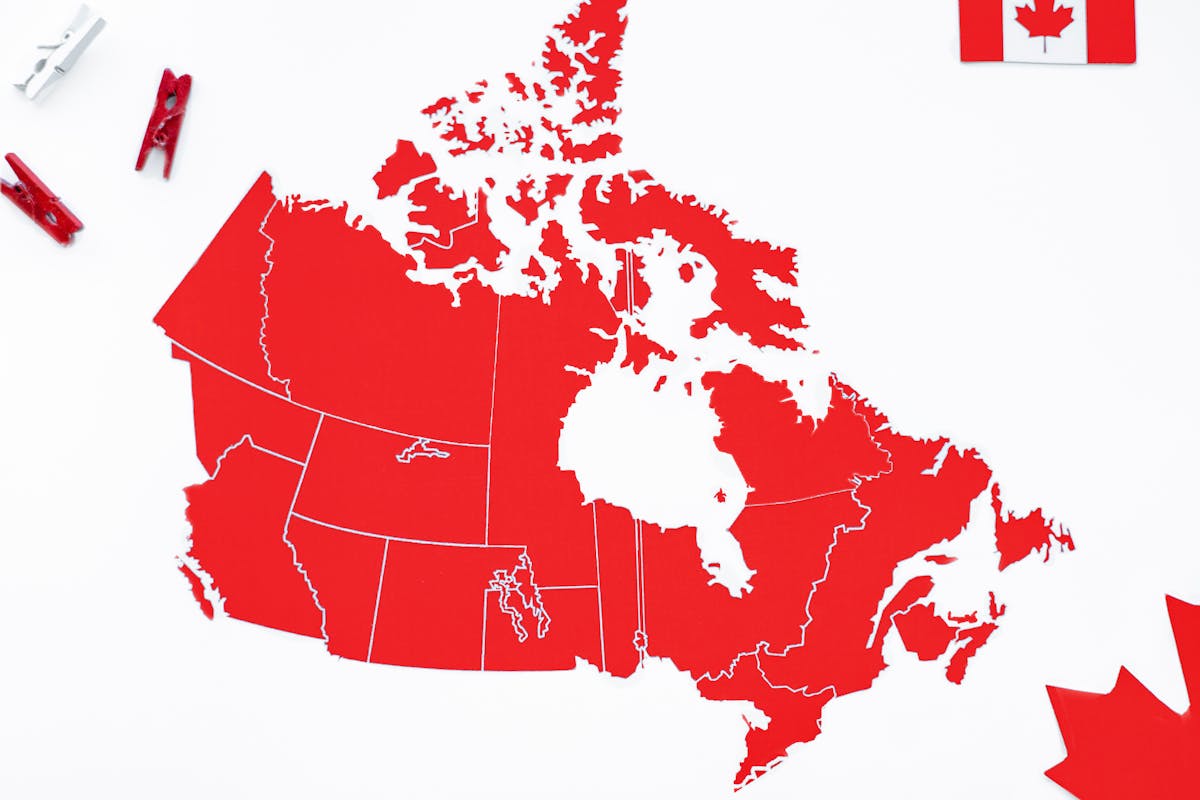

Canada has become one of the world’s most attractive destinations for immigrants, offering a high standard of living, world-class healthcare, excellent education, and a welcoming multicultural environment. Whether you are a skilled worker, student, entrepreneur, or simply looking for new opportunities, understanding the Canadian immigration process is the first step toward making your dream a reality.
This guide walks you through the most popular immigration pathways, eligibility requirements, and step-by-step instructions for applying.
Canada offers multiple routes to permanent residency (PR) depending on your background and goals:
1. Express Entry: The most popular system for skilled workers. It includes three programs:
2. Provincial Nominee Programs (PNPs): Each province can nominate applicants based on labor market needs. A provincial nomination significantly boosts your chances of PR approval.
3. Family Sponsorship: Canadian citizens and permanent residents can sponsor spouses, children, parents, and other eligible relatives.
4. Start-Up Visa Program: Designed for entrepreneurs with innovative business ideas supported by a designated Canadian organization.
5. Study Permit to PR Pathway: International students can study in Canada and later transition to permanent residency through the Post-Graduation Work Permit (PGWP) and Express Entry.
6. Work Permit Options: Temporary foreign workers, freelancers, and digital nomads may qualify for employer-specific or open work permits.
7. Quebec Immigration: Quebec has its own immigration system, offering programs tailored to French-speaking applicants and those seeking settlement in the province.
While requirements vary by program, most applicants must demonstrate:
Step 1: Check Eligibility
Use the official CRS calculator or government tools to see if you qualify.
Step 2: Gather Necessary Documents
This may include your passport, language test results, educational credential assessment (ECA), proof of work experience, and proof of funds.
Step 3: Submit Your Profile or Application
For Express Entry, create an online profile. For other programs, submit the appropriate application forms.
Step 4: Receive an Invitation to Apply (ITA)
If selected, you’ll get an ITA for permanent residency.
Step 5: Medical Exams, Background Checks, and Biometrics
The Canadian government requires medical clearance and security checks.
Step 6: Obtain Permanent Residency and Move
Once approved, you’ll receive your Confirmation of Permanent Residence (COPR) and can begin your new life in Canada.
There’s no single “easiest.” For most skilled workers, Express Entry is the main route; a Provincial Nominee Program (PNP) nomination can strongly boost your chances (adds 600 CRS points in Express Entry).
It varies by program and your file; check IRCC’s processing times tool for current estimates.
Yes. Express Entry (FSW/CEC) doesn’t require a job offer, though some PNP streams do; a job offer can help eligibility.
Depends on program and family size. Under Express Entry, FSW/FSTP require proof of funds unless you’re authorized to work in Canada and have a valid job offer; CEC applicants generally don’t.
No formal maximum age. In Express Entry, ages 20–29 get the most CRS points, with points declining as age increases.
No—optional. IRCC says you don’t need a representative; if you use one, they must be authorized.
Express Entry is the federal system managing FSW, FSTP, and CEC applications; PNP lets provinces nominate candidates—an Express Entry–aligned nomination gives 600 CRS points.
Immigrating to Canada can be complex, but with the right preparation, it’s entirely achievable. Whether you’re applying through Express Entry, family sponsorship, or a study-to-PR pathway, planning ahead is key.
Start your Canadian immigration journey today: